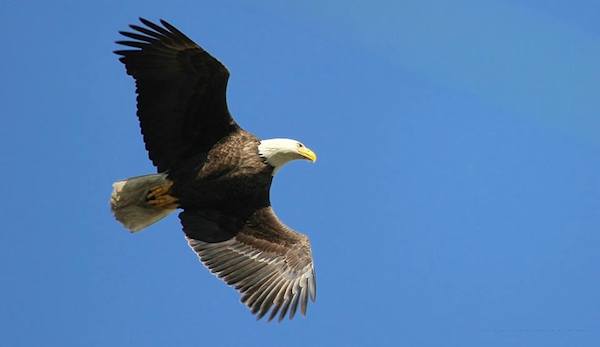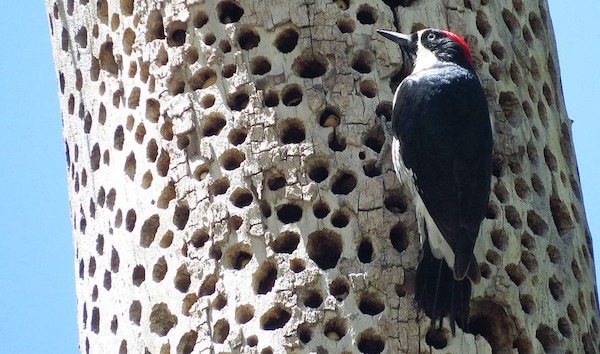Look For
The prairie warbler is a small warbler with a lemon yellow breast and bold black side streaks. When foraging, prairie warblers pump and flit their tails, and in flight their tails show obvious white outer edges. Females wear a duller version of the male’s plumage. Remember that the dark semicircle below the prairie warbler’s eyes (most obvious on males) is a distinctive field mark. The tail twitching is another good field mark for this species.
Listen For
The prairie warbler’s song is a distinctive series of buzzy notes rising up the scale: zree-zree-zee-zee-zee-zee! The song can be variable but usually speeds up toward the end. Call note is an emphatic chek! Also this bird has two songs that sound very similar but have different meanings. The first song is to sing to females for courtship. The other is to sing to other males to guard territories.
Find It
Not typically found on the prairie, prairie warblers prefer young woods, shrubby woodland edges, and low thickets. They often forage low, flicking their tails and flashing their white tail edges.
Feeding Behavior
The prairie warbler mostly gathers its prey from branches and leaves, but will sometimes pluck prey directly from the air. Prey items include beetles, spiders, and caterpillars.
Nesting Behavior
Rather than live on prairies as it is named, the prairie warbler likes to live in open woodlands. Regenerated forests—where new trees have been planted after other trees are removed—open fields, and campgrounds are popular sites. The birds have also been known to inhabit Christmas tree farms. They nest in shrubs usually no more than 10 feet from the ground. The nest is constructed with moss, grasses, and feathers.
Wow!
Prairie warblers may nest in loose colonies of several breeding pairs—very unusual for warblers. Some males in these colonies may have multiple female mates.




